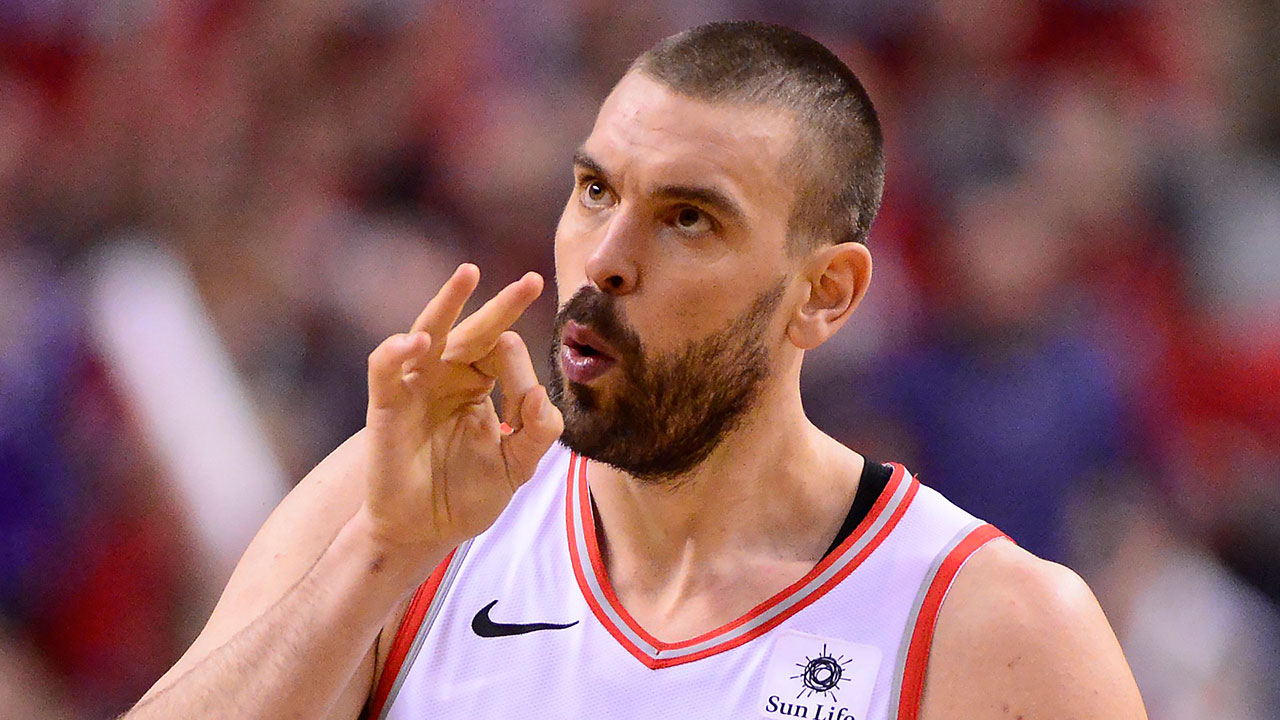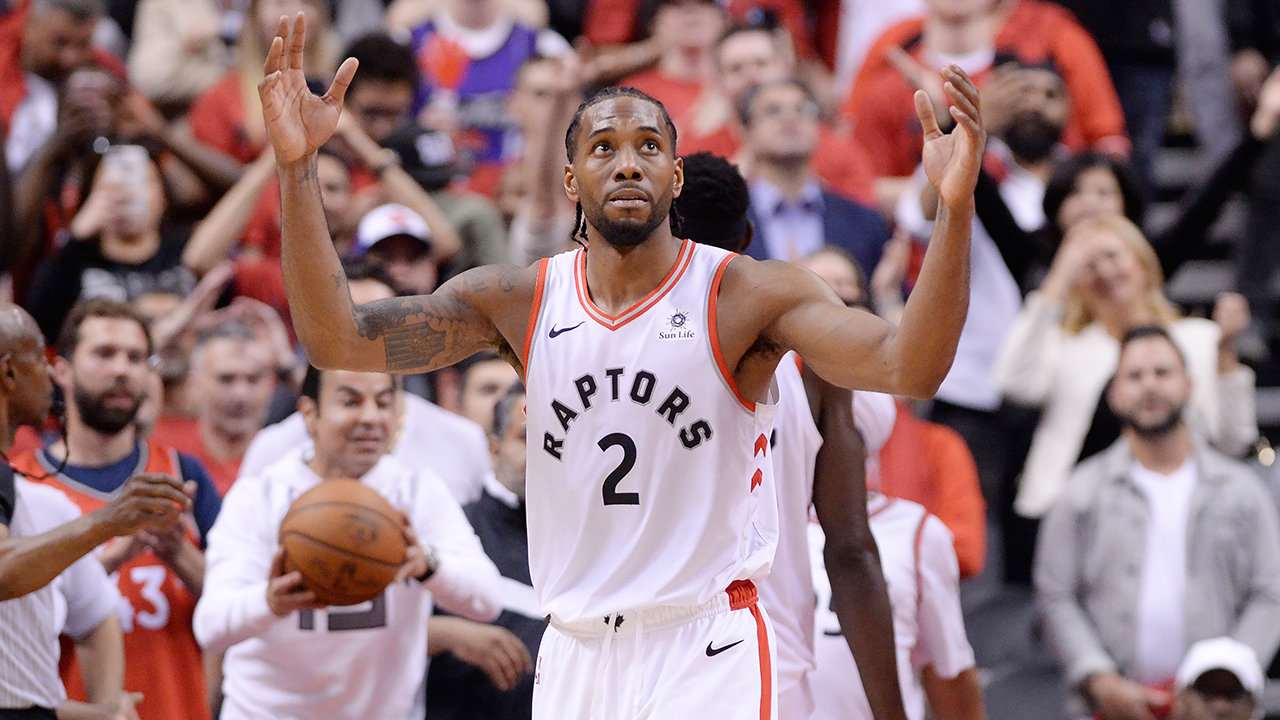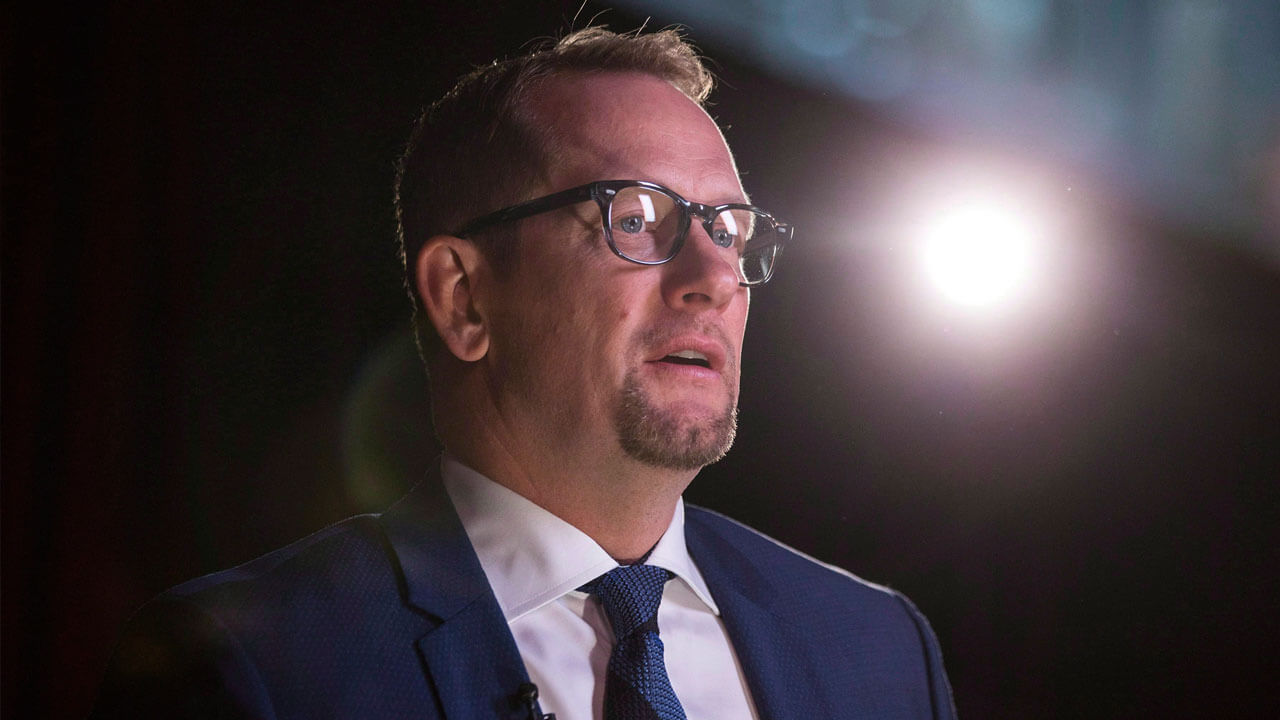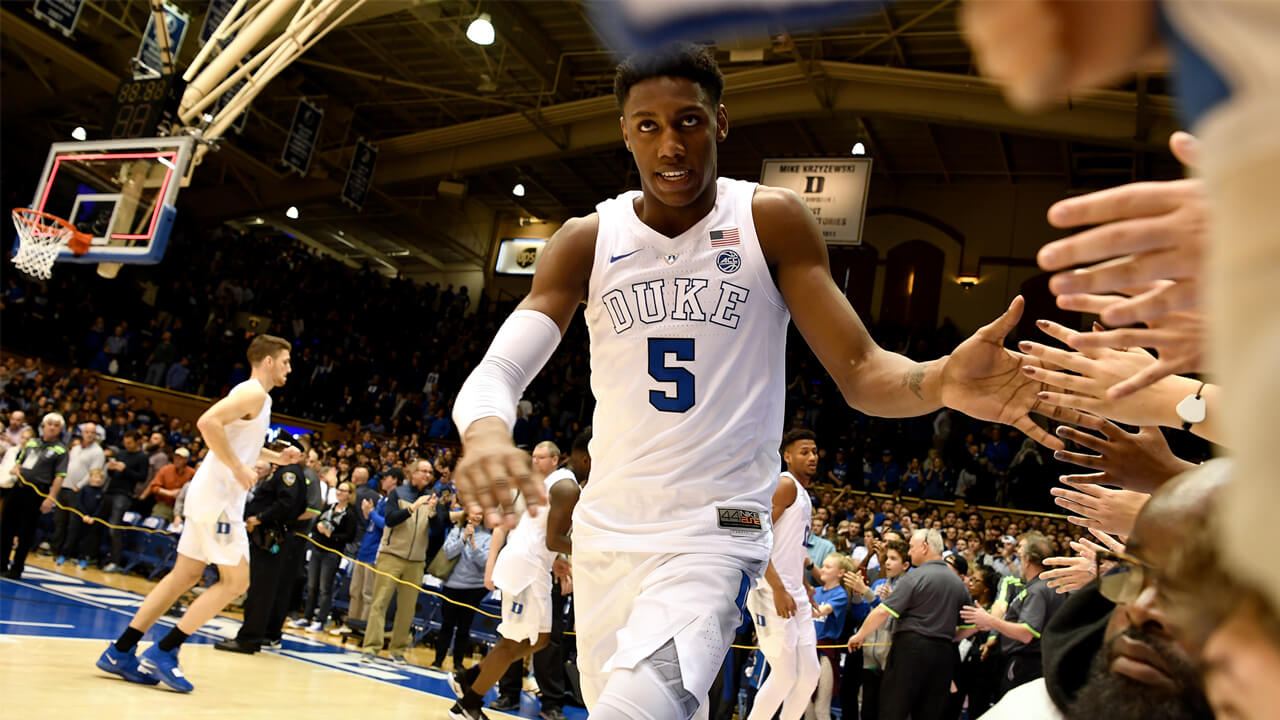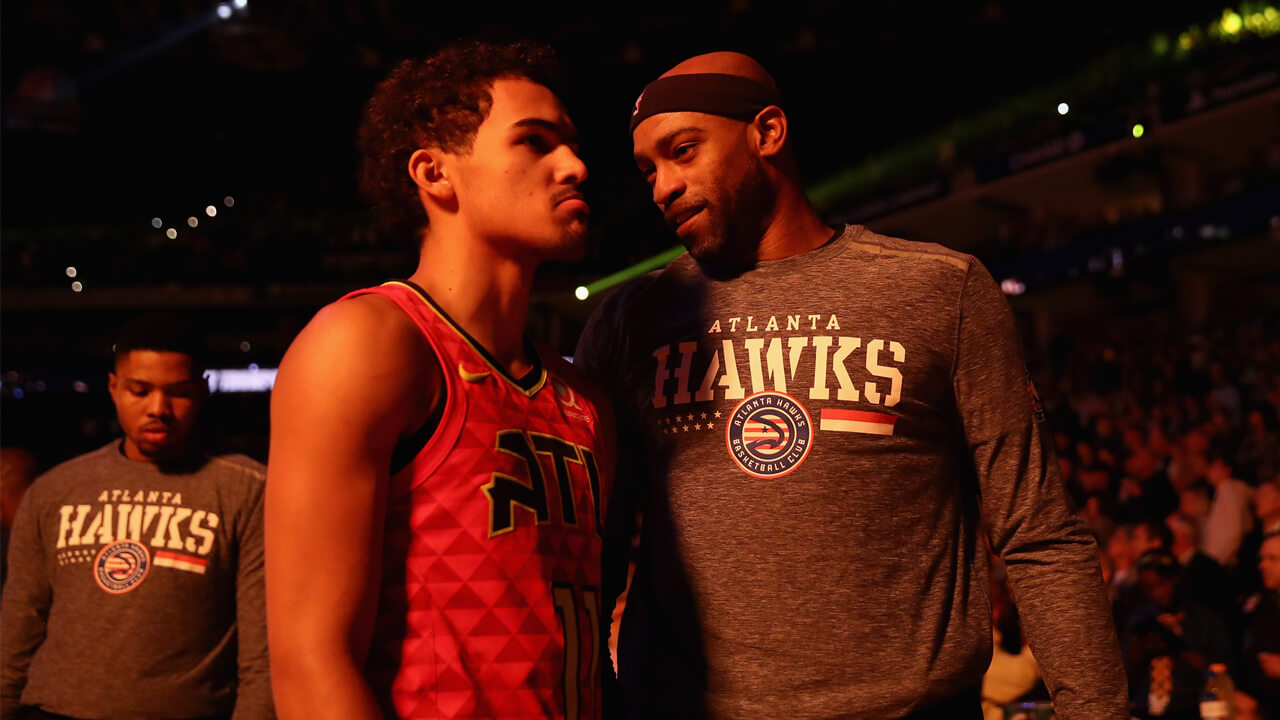James Lackey was out of ideas. There was only a minute left on the clock and the basketball coach of the seemingly unbeatable Queensway Christian College Saints had just watched the visitors do what no other team in the city could: slow down his star, a short, scrawny, baby-faced guard. From the opening tip, the bigger players had pushed the kid around. They fouled him — hard. They triple-teamed him and swarmed him when he dared to bring his spindly frame into the lane. “So we’re down six and I call a timeout,” Lackey recalled from his home in Oakville, Ont. “I brought the guys in and said, ‘Look, I don’t know what to tell you. Do you have a suggestion here? Help me out.’ And there was just silence. It was like one of those Hoosiers moments.”
That’s when the skinny guard piped up. “Give me the ball,” said 13-year-old Steph Curry. “Give me the ball and we’ll win.”
“You heard him,” barked Lackey. “Give him the ball and get out of his way.”
The defence lined up near the three-point line. Curry took the ball up the court, dug his black-and-white Jordan 13s into the weathered blue concrete gymnasium floor, and pulled up a couple of feet in front of them. Good. On the Saints’ next trip up the court, the wall moved closer to Curry. Again, he pulled up two feet in front and drilled the shot. You can guess how this ends: Queensway won by six; in that minute, Curry scored nine of his team’s 12 points and the Saints finished the season undefeated.
In the years since, that scene has played out over and over even as the stage has gotten larger and larger. And the kid who averaged 50 points a game in Grade 8 has become, without a doubt, the NBA’s greatest shooter of all time and the maestro of the most exciting, freewheeling team in basketball short of the Globetrotters. Curry’s since been named league MVP, twice, and this season he broke the record for most three pointers in NBA playoff history. With the point guard at the helm, the Golden State Warriors are embarking on their fifth consecutive Finals appearance with a shot at capturing their fourth title in that span.
Curry lived in Toronto for only a year. But if you look back on his time here, you can see the player fans have come to know — the work ethic and passion for the game, the sweet stroke and tendency to take over games in big moments, the loyalty and willingness to be coached. Toronto was more than just a pit stop on his road to the pros.
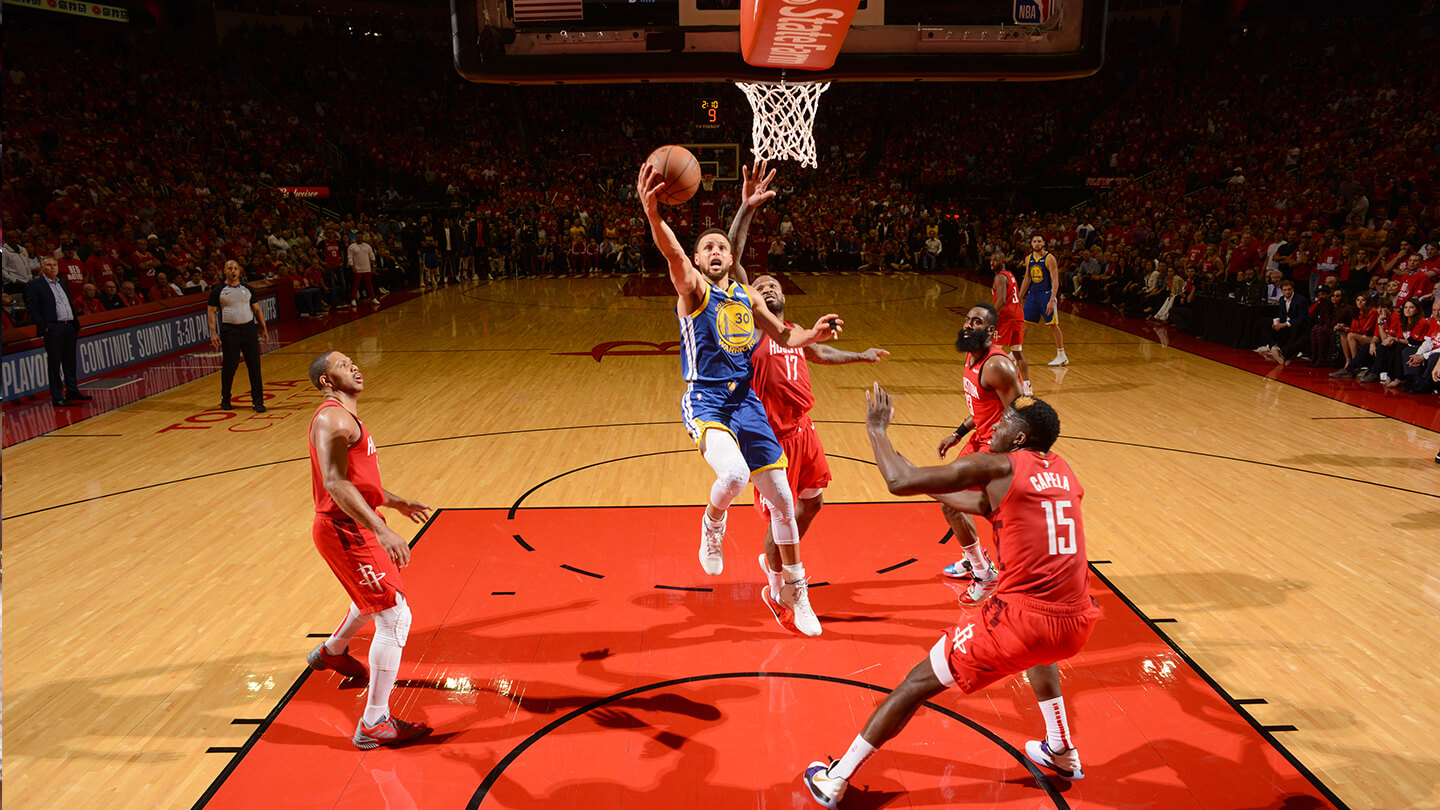
Lackey was pumped in the fall of 2001, when then–Toronto Raptor Dell Curry showed up to register his kids at the private K–12 school and told the coach that his sons, Stephen and younger brother, Seth, were basketball players. Dell and his wife, Sonya, an NCAA volleyball star, rented a condo overlooking Lake Ontario (where it was not uncommon to find team staff, including Dance Pak members, babysitting the Curry boys and their sister, Sydel). And the couple became actively involved — Sonya volunteered with the girls’ volleyball team, while at school barbecues you’d almost always find Dell working the grill.
On his first day of school, Steph was in the office, drooped in a chair and staring straight at the floor. Curry was always something of a shy, quiet kid away from the court, and Lackey, sensing this, did his best to make him feel comfortable. “I came in and introduced myself and he hardly looked up at me,” recalls Lackey. “Then I said, ‘By the way, I’m the basketball coach here.’ His face lit up instantly and he said, ‘Hi, my name is Steph!’ He just became this different kid.”
Curry’s love for the game may have been clear, but at first glance, Lackey couldn’t help but feel a touch disappointed; he had imagined some six-foot-four NBA SuperKid, a man-child. Instead, he saw a boy, the spitting image of his mother, barely an inch over five feet tall and with arms as thin as a rim. Well, that’s too bad, the coach thought, hardly the first person to underestimate Curry, and far from the last.
But that was before he watched him play. Though the local school board would rule against letting the Grade 8 kid with the NBA dad play for the high school team, leaving him to dominate at the middle school level alongside his brother, Curry did first appear with the senior squad. During a pre-season exhibition versus rival Peoples Christian, Lackey brought him off the bench to face a group of Grade 12s. “I’d seen him shoot around at the gym, so I figured he’d be all right. I just wanted to throw him in and see what he could do,” said Lackey. “I think he scored 25 or 30 points. He just ruled the court.”
Which is what he’s done everywhere he’s ever played, from centre stage at the NCAA tournament to the highest-pressure situations as a pro. In his third NBA season, Curry took his game to another level entirely. A 54-point performance in February 2013 — 50 in the final three quarters — at Madison Square Garden versus the Knicks put the NBA on notice. Then, during those playoffs, Curry turned his game up to 11 and never looked back.
This year, when the Warriors lost Kevin Durant to injury in the second round, Curry lifted his game even further. During Game 1 of the Conference Finals versus Portland, he swished nine three-pointers to fuel a blowout win and pave the way to a four-game sweep. The kid who embraced the “Baby-Faced Assassin” nickname given to him in college hasn’t only been carving up the league with his shot, but taking over every facet of the game — picking pockets, attacking the rim, and leading fast breaks with swift dribble moves and deft passes.
Curry is and has always been an offensive savant, a basketball brain operating several levels beyond normal comprehension. And while it’s his shot that gets the most attention, it was obvious even back in Toronto that Curry was more than just a shooter. “I couldn’t believe his knowledge of the game at such a young age,” said Lackey. “He knew movements of players and where they were going to be — he could see those passing lanes in a way that a guy his size normally can’t.”
The coach warned his players, urging them to always keep their hands up when Curry had the ball. They may think they aren’t open, Lackey would preach, but the new guy would still find them. Still, some kids are visual learners. “In his first practice we had four or five guys who had to come off the court because their noses were bleeding. They’d come off the court saying, ‘Coach, I didn’t think he would make that pass.’ They learned pretty quick.”
So did Steph. Dell was tough on his kids when it came to sports — Lackey recalled staff-versus-student games during which Dell would suit up and guard Steph with no mercy, blocking shot after shot. But he was also incredibly supportive and active in the development of their games. Growing up under the tutelage of an NBA pro certainly has its benefits. “Stephen learned everything from his daddy,” said Muggsy Bogues, who played with Dell for 11 seasons on both the Hornets and Raptors. “Stephen [was] always coming to our practices, was always shooting around with the guys. He really got to watch how the game is supposed to be played, and as he grew up, information stayed in his head. He’s always known how to make his teammates better. It’s why he has those pure point guard skills today.”

As with all great players, Curry’s game is the product of a lifetime of work and fine-tuning. And no singular tweak to his game would prove more impactful than when, in the midst of his undefeated Grade 8 season with Queensway, Curry and his father set out to transform his shot.
“I remember walking into the gym and Steph told me, ‘My dad said I have to change my shot,’” said Lackey. “I was thinking, ‘You’re scoring 40, 50 points a game. Your shot is just fine.’”
But Curry was insistent. “No, my form is off,” he would say. “By the time I get to high school and college that shot is going to get blocked.”
And so they began the process of completely altering his form, going from a hip shot to the quick-fire overhead motion that he’s famous for today.
In Toronto, Curry was as big a star as Grade 8 private-school league basketball allowed. But when he got to the States the next year, it was harder to stand out; despite dominating in high school at Charlotte Christian College, Curry didn’t crack the Rivals Top 150 prospect ranking his senior year and didn’t receive any looks from the traditional powerhouse colleges in the state. Virginia Tech, where Dell had starred, showed interest and offered him a scholarship. But they told him he would be red-shirted in his first year — that physically he wasn’t yet ready to make the leap. So Curry chose Davidson, a small school nearby with a strong academic record. Sure, the team hadn’t won a tournament game since 1969, but he could start right away.
It was a perfect fit — the basketball world never expected much from either. In his second collegiate game, against the Michigan Wolverines, Curry scored 32 and grabbed nine rebounds. By March, he had shattered the NCAA’s freshman record with 113 made threes, and at year’s end Curry trailed only Kevin Durant in points by a first-year player. Yet Davidson failed to make the NCAA tourney.
In his second season at Davidson, though, Curry orchestrated one of the most exciting March Madness tournament runs in recent memory. In front of a national TV audience, the 10th-seeded Wildcats came back from 11 points down to upset seventh-seed Gonzaga in the first round behind Curry’s 30 second-half points. Davidson made it all the way to the Elite Eight that year, taking down tourney favourite Georgetown along the way, before losing out to the eventual champion Kansas Jayhawks in a 59–57 nail-biter — a game in which Curry hit his 159th three-pointer of the season, a new NCAA record. That spring, Curry became just one of four players ever — and the first since Glenn Robinson in 1991 — to score at least 30 points in each of his first four NCAA tournament games. Needless to say, he had officially arrived. After a junior season in which he led the NCAA in scoring (28.6 points per game), he declared for the 2009 NBA draft.
Yet, like Lackey years earlier, and nearly everyone who first lays eyes on him, scouts and NBA front offices still had their doubts. Though Curry had grown to six-foot-three, he was still considered too small to play shooting guard, and, watching him carry so much of the scoring load at Davidson, scouts saw him as little more than a skinny gunner. One scouting report read: “Doesn’t like when defences are too physical with him. Not a great finisher around the basket due to his size and physical attributes. Far below NBA standard in regard to explosiveness and athleticism. Although he’s playing point guard this year, he’s not a natural point guard that an NBA team can rely on to run a team.”
Curry fell to the Warriors with the seventh pick. Two more spots and he could have been a Raptor, like his dad. But the Warriors were another perfect fit, the NBA’s most raucous home court a fitting backdrop for Curry’s showman-like game. And when head coach Mark Jackson, who played alongside Dell and Bogues in Toronto, took over before the 2011–12 season, he understood exactly what he had in Curry. Jackson gave his then–23-year-old point guard free reign to let it fly, a luxury most coaches don’t afford to even their biggest stars. And Curry’s game only blossomed further under Steve Kerr.
Today, four years after they captured their first title, Curry and the Warriors’ status as appointment viewing for basketball junkies remains firmly intact. Look no further than Game 6 of their second-round playoff series, when Curry erupted for a career-best 23 points in the fourth quarter against a Houston Rockets team that, like the rest of the NBA, had no answers for him. He drew those familiar double and triple teams, and casually found wide-open teammates along the perimeter. He drilled shots from every spot on the court, sticking his tongue out on his way back down the floor, playing up to an enemy crowd watching on in equal parts horror and admiration. In a way it doesn’t matter which team you root for — this is what everyone wants to see. Basketball is just more fun when Steph Curry is involved.
Though their coach-player partnership lasted just a single year, Curry and his middle-school coach are still close. Lackey called the notion of having an NBA superstar as a friend surreal: “I knew him in one capacity as a kid and now he’s this rock star.”
The two see each other regularly after games in Toronto; Curry has always been the type to form long-term attachments (after all, he married the woman he’d been dating since he was 14). “If you were to ask me what stands out about Steph,” said Lackey, “it’s not his playing. It’s his character. He’s just an unbelievably humble guy.”
Lackey recounted how, unsolicited, Curry will walk over and greet his kids, remembering their names even though he doesn’t really know them. “That’s just the type of kid he was,” he said, “and the type of man he’s become.”
Asked when he first wanted to be a pro ball player, Curry has always maintained his decision was made in Grade 9, during his first year back in Charlotte. But if you look at his lone season at Queensway, you can see the seeds had already been planted. The way he altered his mechanics, the confidence he had to take over games and score at will, the time spent around NBA locker rooms studying the habits of the pros. Really, all you had to do was look at his email handle from that era: DCwannabe. At the time, Lackey asked what it stood for, and wasn’t surprised when Steph flashed a big smile and gave him the answer: “It means ‘Dell Curry wannabe’.” All these years later, he’s carving out a Hall of Fame career the likes of which his father — or virtually anybody who has taken an NBA court — could only dream of.
Edited by Craig Battle

